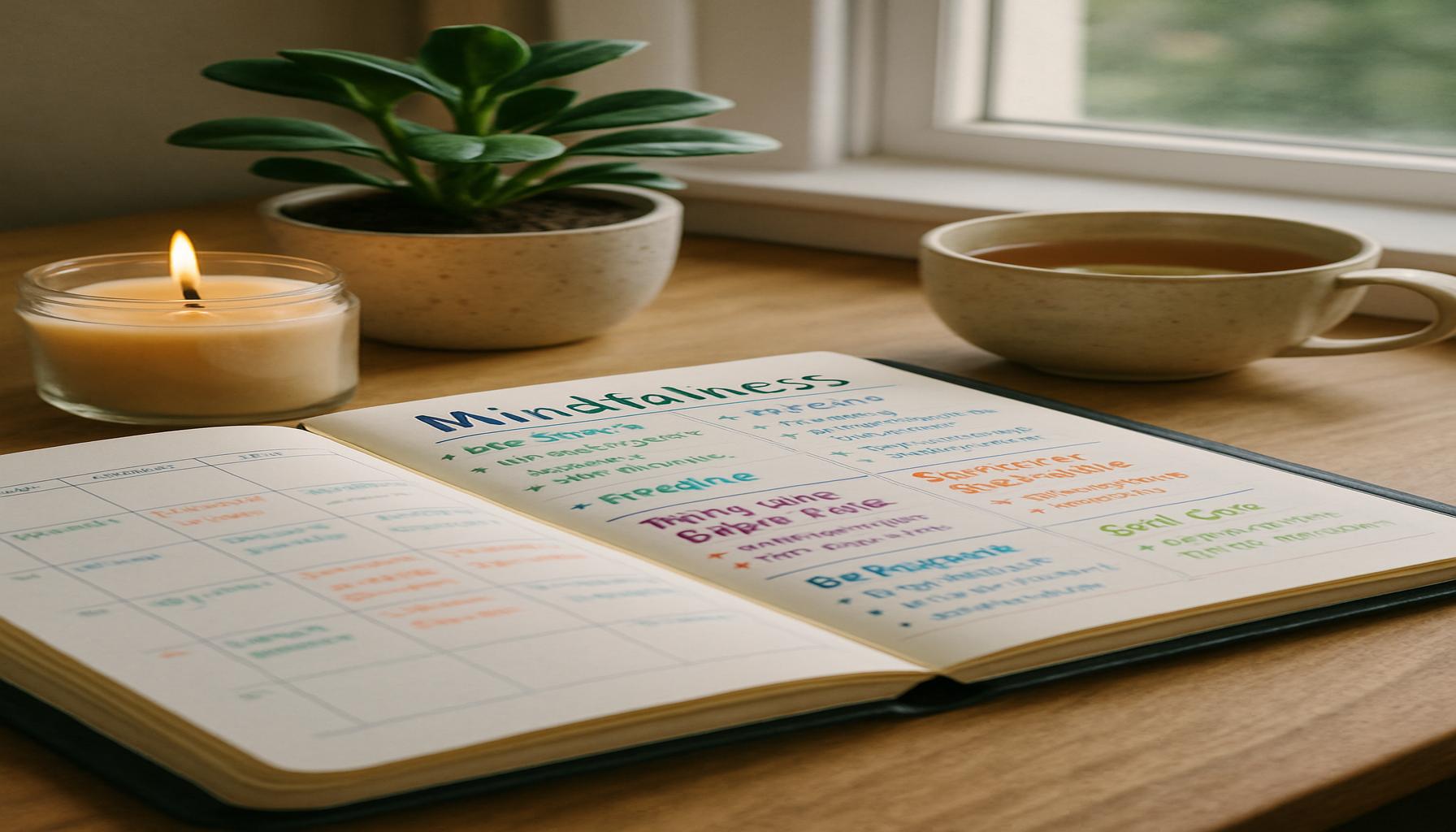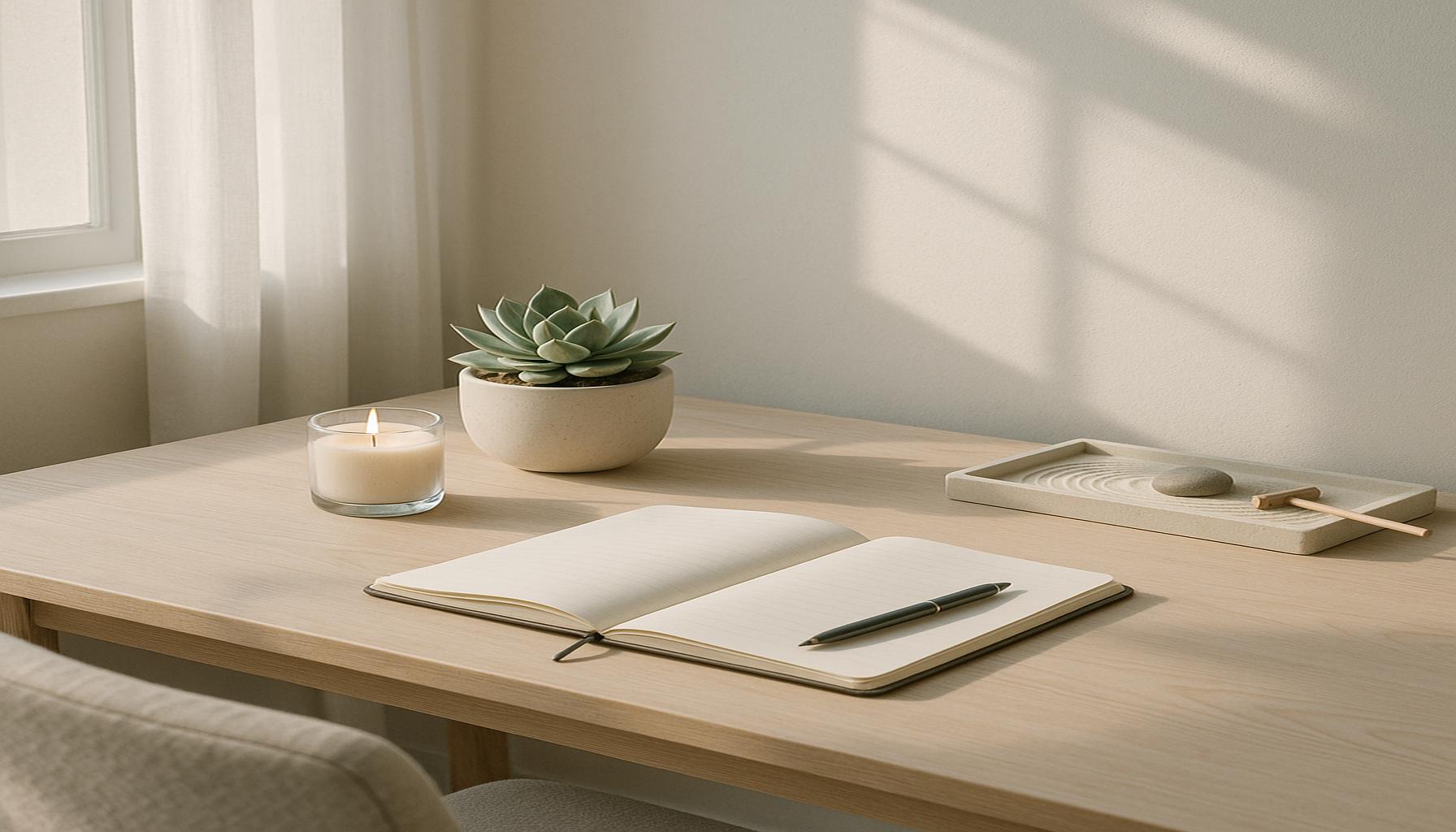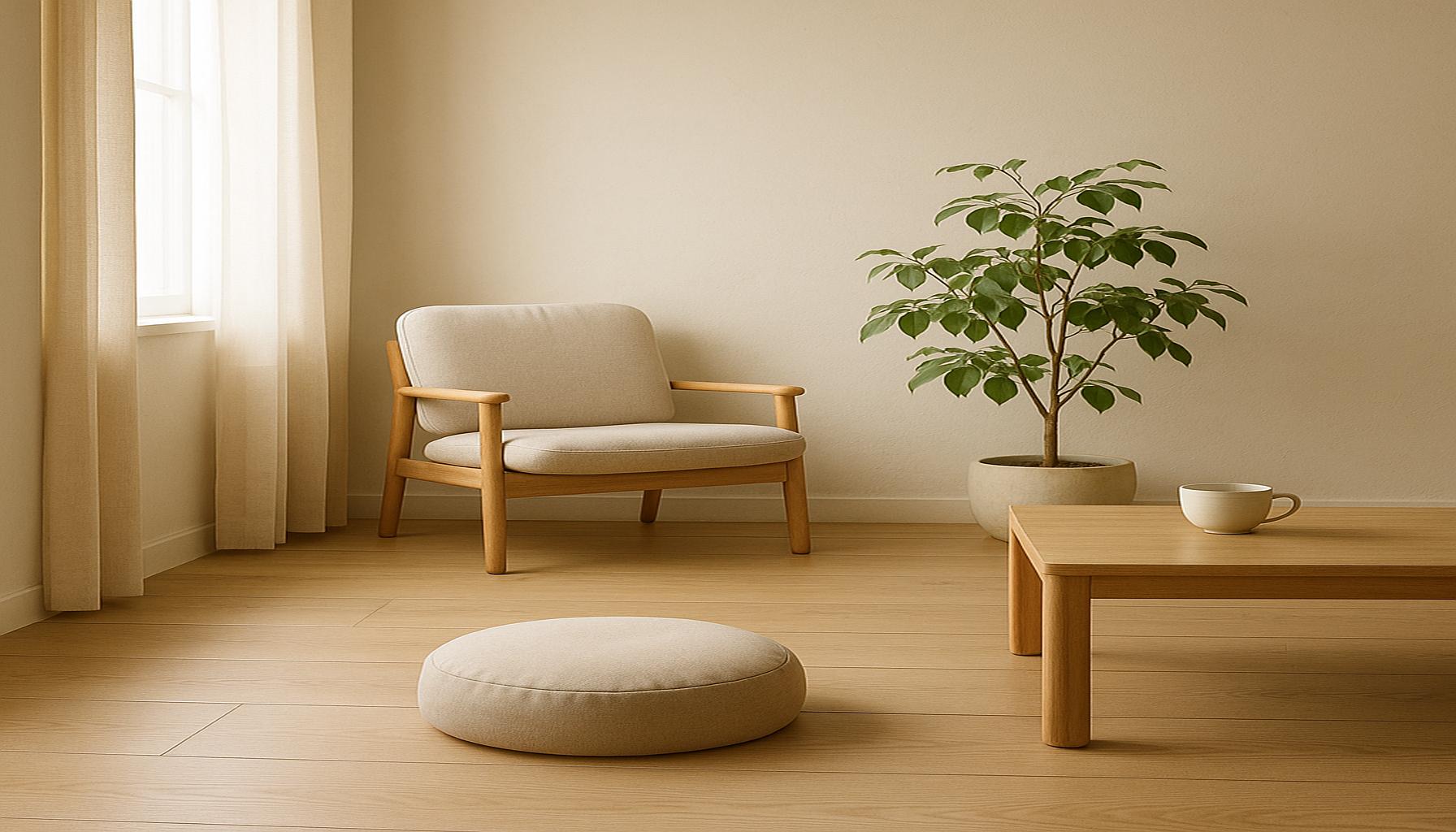Mindfulness in Digital Detox: Creating a Minimalist Space Free of Distractions
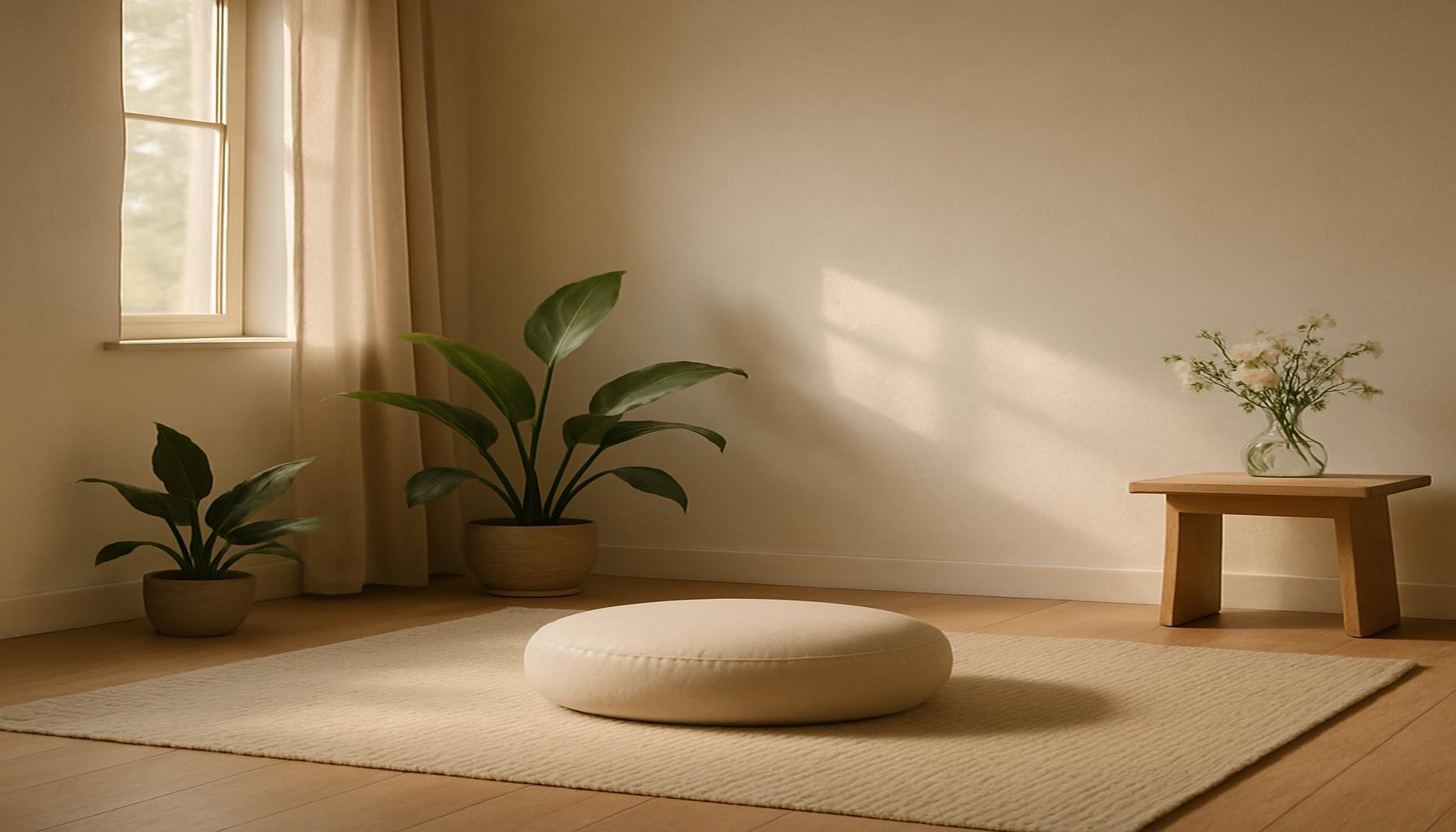
Understanding Mindfulness and Digital Detox
In a world flooded with information, where everything from social media updates to breaking news alerts vie for our attention, the pursuit of clarity has become increasingly challenging. The consequences of constant distraction can manifest as anxiety, decreased productivity, and an overall sense of discontent. As individuals and families grapple with this phenomenon, the principles of mindfulness and digital detox are emerging as effective antidotes to chaos.
What It Means to Embrace Minimalism
Achieving a minimalist space does not just apply to décor; it encompasses the holistic experience of simplifying one’s surroundings to create an oasis of focus. This could begin with a thorough examination of your physical environment. A cluttered desk, littered with papers, gadgets, and mementos, can significantly impede concentration. Consider adopting a one-in-one-out rule: for every new item you bring into your space, something else must go. This approach can help maintain a clean and inviting atmosphere.
Digital Clarity as a Priority
Beyond physical clutter, limiting digital noise plays a crucial role in enhancing focus. Unsubscribing from irrelevant email lists and muting constant group chat notifications can create an environment where only essential communication prevails. Research indicates that fewer digital distractions correlate with higher productivity levels, as individuals can concentrate on tasks without being pulled in multiple directions.
Establishing Tech-Free Zones
Creating tech-free zones in your home—be it the dining room where family meals can be savored without screens, or the bedroom, fostering a serene sleep environment—can significantly enhance your quality of life. These designated areas encourage intentional interactions and promote healthier routines. For instance, a family might choose to implement a policy of no phones during meals, facilitating deeper conversations and stronger connections.
The Benefits of Mindfulness Practices
Embracing these principles can yield substantial rewards. Not only do individuals report greater productivity and clearer thinking, but many also experience reduced stress levels and enhanced overall well-being. Practices such as meditation and yoga, which foster mindfulness, can help individuals reconnect with their thoughts and feelings, thus clarifying their priorities. Moreover, research shows that those who commit to a digital detox often report improvements in mental health and relationships.
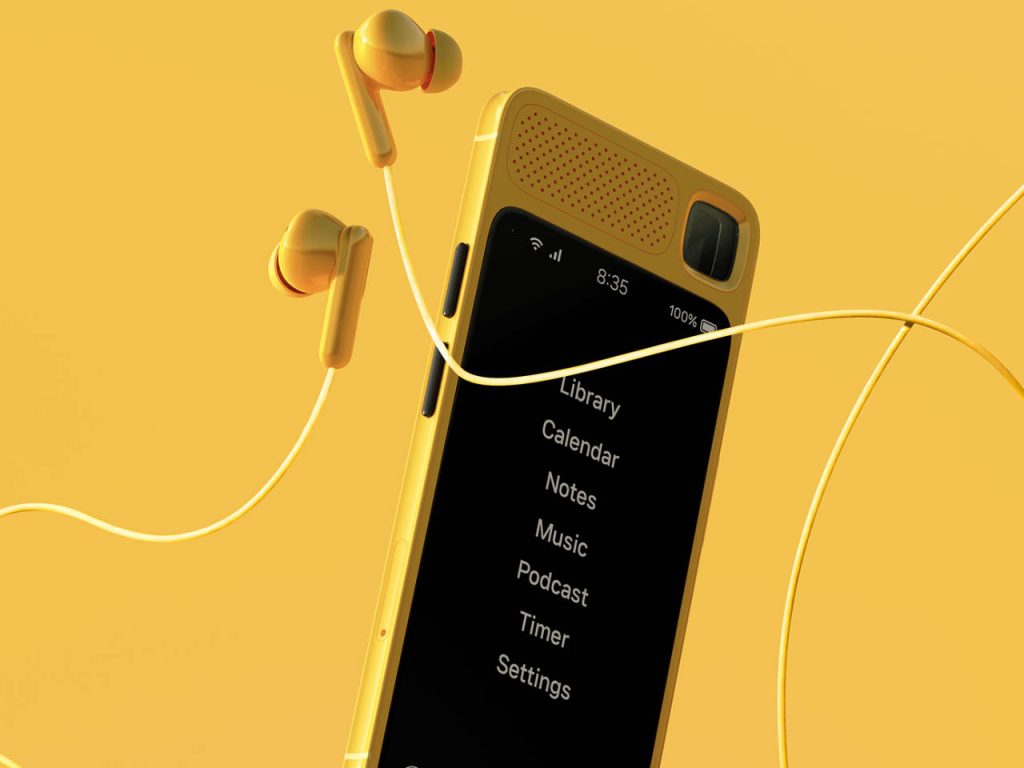
Cultivating a Balanced Life
As we navigate the complexities of modern life, it becomes essential to strike a balance between connectivity and mindfulness. By employing practical strategies for digital detoxification and embracing a minimalist approach, individuals can cultivate a tranquil environment that supports their well-being. As you reflect on your own space and technology use, consider what changes could foster a more focused and fulfilling life.
Take the first step towards clarity by exploring these concepts further and discover how transforming your environment can lead to a renewed sense of purpose and peace.
DISCOVER MORE: Click here to uncover the benefits of decluttering
Practical Steps Towards a Minimalist Environment
Creating a minimalist space requires intentional actions that extend beyond just decluttering physical belongings. It involves a disciplined approach to enhancing your mindfulness while concurrently pursuing a digital detox. This synergy between a simplified environment and limited technology usage can transform not only your space but also how you perceive and navigate daily challenges.
Identifying Digital Distractions
To embark on your journey towards digital detoxification, the first step is to identify what contributes to your screen time and distracts from mindful living. This includes:
- Social Media: Uncontrolled scrolling can often lead to information overload. Assess which platforms consume your time and energy, and think about taking a break from them.
- Email Notifications: Instant alerts can fragment your attention. Consider setting specific times during the day to check emails instead.
- Entertainment Streaming: While media can be relaxing, excessive binge-watching can detract from productive time. Set limits on viewing schedules.
By categorically analyzing these digital distractions, you can create a clearer picture of what to cut back on, ultimately paving the way for a more focused and fulfilling experience.
Designing a Mindful Space
A mindful space is characterized by simplicity, functionality, and a sense of calm. Here are a few tips to help design your environment:
- Natural Light: Make the most of natural light by positioning your workspace near windows. Natural light has been shown to enhance mood and productivity.
- Functional Furniture: Invest in multi-functional furniture that minimizes clutter while maximizing utility. Items like foldable desks or storage ottomans can significantly reduce distractions.
- Incorporate Nature: Adding houseplants can purify the air and bring a refreshing element to your space. Research indicates that greenery positively impacts mental health, promoting feelings of tranquility.
These design elements serve not only aesthetic purposes but also create a physical atmosphere conducive to mindfulness and concentration. When your surroundings are uncluttered and serene, your mind mirrors this clarity, making it easier to focus on the task at hand.
Mindfulness Techniques for Daily Practice
To further enhance your digital detox journey, implement mindfulness practices into your daily routine. Techniques such as deep breathing exercises, meditation, or even mindful walking can ground you and help manage overwhelming feelings triggered by digital interactions. Research shows that individuals who dedicate a portion of their day to mindfulness typically report higher levels of happiness and reduced levels of stress.
As you begin to cultivate a space free of distractions, you wield the power to reshape not just your environment but your entire approach to life. By embracing these practical steps, you can foster a lifestyle rich in clarity, purpose, and overall well-being.
| Advantage | Description |
|---|---|
| Enhanced Focus | Creating a minimalist space helps eliminate constant distractions, allowing for improved concentration on tasks and personal growth. |
| Stress Reduction | A decluttered environment promotes a sense of calm and tranquility, significantly reducing overall stress levels associated with digital overload. |
| Mindful Living | Digital detoxing encourages mindfulness, enabling individuals to engage fully with their surroundings and foster deeper connections with themselves and others. |
| Creativity Boost | Less digital noise opens up mental space for creativity, allowing for innovative ideas and problem-solving to flourish. |
Implementing these strategies not only aligns with the goals of mindfulness in digital detox but also paves the way to a more intentional and rewarding life, free from unnecessary distractions. By embracing the principles of minimalism and focusing on the essentials, we can cultivate environments conducive to mental clarity and peace. Exploring actionable steps towards achieving such spaces can profoundly impact your personal well-being and productivity. Consider how you can apply these concepts to transform your everyday experiences into opportunities for mindfulness. The journey towards a distraction-free environment begins with the first mindful choice.
DISCOVER MORE: Click here to enhance your daily efficiency
Integrating Mindful Practices into Daily Life
As the clutter of both your physical surroundings and digital space clears, it’s essential to adopt mindful practices that help maintain the balance you’ve worked hard to create. Cultivating a mindful lifestyle goes hand in hand with the principles of minimalism, allowing you to sustain focus and tranquility even amid modern life’s chaos.
Establishing Healthy Digital Boundaries
Creating a minimalist environment is often fortified by establishing healthy digital boundaries. This means distinct guidelines regarding when and how to engage with technology. Here are several strategies to consider:
- Digital Curfews: Set specific times to turn off your devices each evening, allowing for uninterrupted family time, reading, or personal reflection before bedtime. Studies reveal that exposure to screens before sleep can disrupt sleep cycles and inhibit restful sleep.
- Phone-Free Zones: Designate areas within your home (such as the dining room or bedroom) as phone-free zones. This allows for more meaningful interactions with those around you and fosters a peaceful ambiance.
- Mindful Check-Ins: Create specific moments in your day for brief digital engagements, like five to ten-minute sessions for browsing or responding to messages. This allows for controlled interactions without overwhelming your mental space.
By implementing these boundaries, you empower yourself to consciously engage with technology, ensuring that it serves you rather than controlling you.
Enhancing Focus with Mindfulness Techniques
The integration of mindful breathing, meditation, or even yoga into your daily schedule can significantly increase focus and productivity. Consider these practical tips:
- Morning Rituals: Begin your day with a mindfulness practice such as journaling or meditation. Spending just a few minutes reflecting on your intentions can set the tone for a more productive and focused day.
- Gratitude Practices: Incorporate gratitude into your daily routine. Acknowledging what you’re thankful for can enhance your mood and perspective, thereby reducing anxiety associated with digital distractions.
- Mindful Breaks: Throughout your day, take short breaks to engage in deep breathing exercises or a brief walk. This not only refreshes your mind but also helps increase overall productivity by preventing burnout.
Mindfulness techniques not only alleviate stress but foster a deeper appreciation for present experiences, helping to anchor you in the moment.
Creating a Minimalist Mindset
Adopting a minimalist mindset involves ongoing reflection and adjustment. This process of introspection allows for a continual expansion of personal awareness. Here are effective ways to cultivate this mindset:
- Regular Reflection: Schedule weekly or monthly reflections on your relationship with your possessions and digital tools. Identify which items add real value to your life and which distract you from your core values.
- Intentional Living: Make conscious decisions on the items you purchase and the technologies you incorporate into your life. Prioritize quality and utility over quantity.
- Sharing and Giving: Participate in community swapping events or declutter your space by donating items you no longer need. This practice not only lightens your physical load but also fosters community connection.
The minimalist mindset continues to inspire not just a simplified home environment, but a simplified life philosophy, shaping your overall wellness and mindfulness journey.
DISCOVER MORE: Click here to dive deeper
Conclusion: Embracing Mindfulness for Lasting Change
In the quest for a contemporary lifestyle that prioritizes mental clarity, the fusion of mindfulness with digital detox emerges as a powerful strategy for cultivating a minimalist space free of distractions. As you’ve explored throughout this article, the journey involves not just decluttering your physical environment but also establishing healthy digital boundaries that allow for more profound connections and enhanced mental well-being.
The methods we’ve discussed—such as creating digital curfews, establishing phone-free zones, and practicing mindful check-ins—serve not only to reduce overwhelm but also to facilitate a more intentional approach to technology. By anchoring these practices into your daily routine, you can foster a vibrant sense of presence and purpose away from the constant hum of digital notifications.
Moreover, integrating mindfulness techniques like daily reflections, gratitude practices, and intentional living fosters a mindset that embraces simplicity and intention. In an age where distractions abound, this minimalist philosophy not only shapes your surroundings but also transforms your internal landscape, guiding you toward a more fulfilling existence.
Ultimately, embracing mindfulness in your digital detox journey empowers you to create an enriched, distraction-free sanctuary that enhances both productivity and peace. As you continue to navigate the complexities of modern life, remember that the power to simplify and reclaim your attention lies within your grasp—an empowering reminder that less truly can be more.
